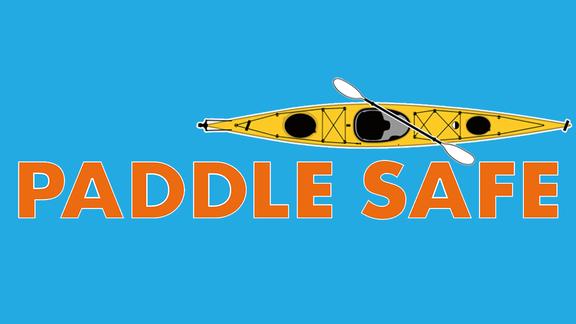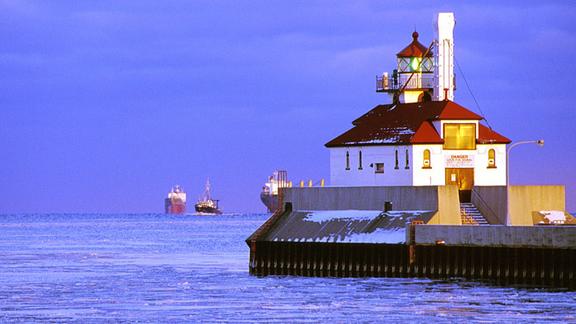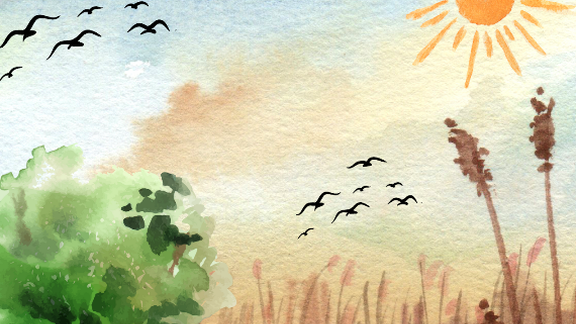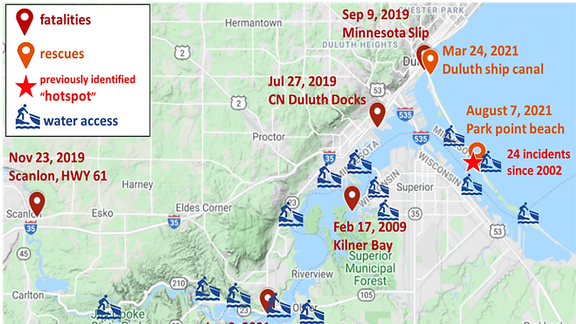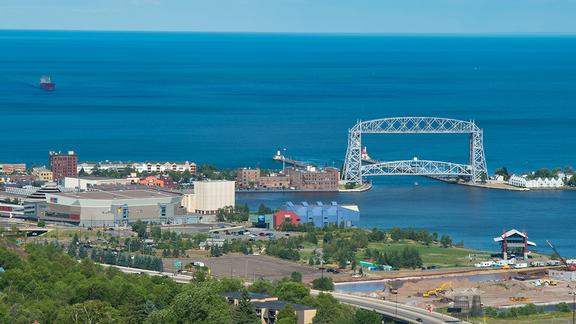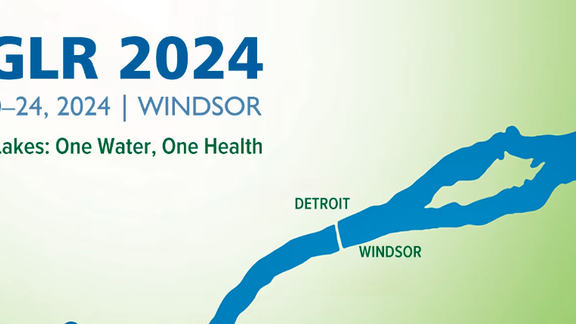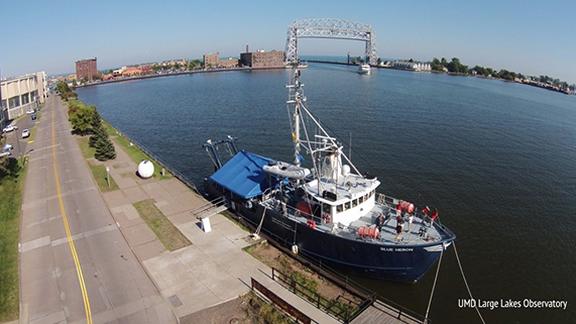Sea Grant Great Lakes Transportation Extension Educator
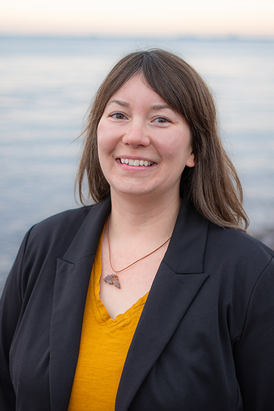
What I do for Sea Grant
I help to serve the Minnesota Sea Grant Program and the Great Lakes Sea Grant Network with regard to the transport of hazardous materials across the Great Lakes region. My two major focus areas are maritime transport and Great Lakes hazardous materials transport.
For maritime transport, I will be focused on:
- Supply-chain security
- Short-sea shipping
- Intermodal transportation
- Economic and environmental impacts
- Waterway infrastructure maintenance
- Ballast water management
- Trade and regulatory policies
For hazardous materials transport, I will be focused on:
- Hazardous materials transport issues
- Coordinate Great Lakes Sea Grant efforts surrounding hazardous materials transport issues
- Coordinate the "risk optimization" extension program
- Provide information on trade and regulatory policies
Education
- M.S. - Toxicology
- Iowa State University
- B.S. - Biology
- University of Wisconsin-Superior

